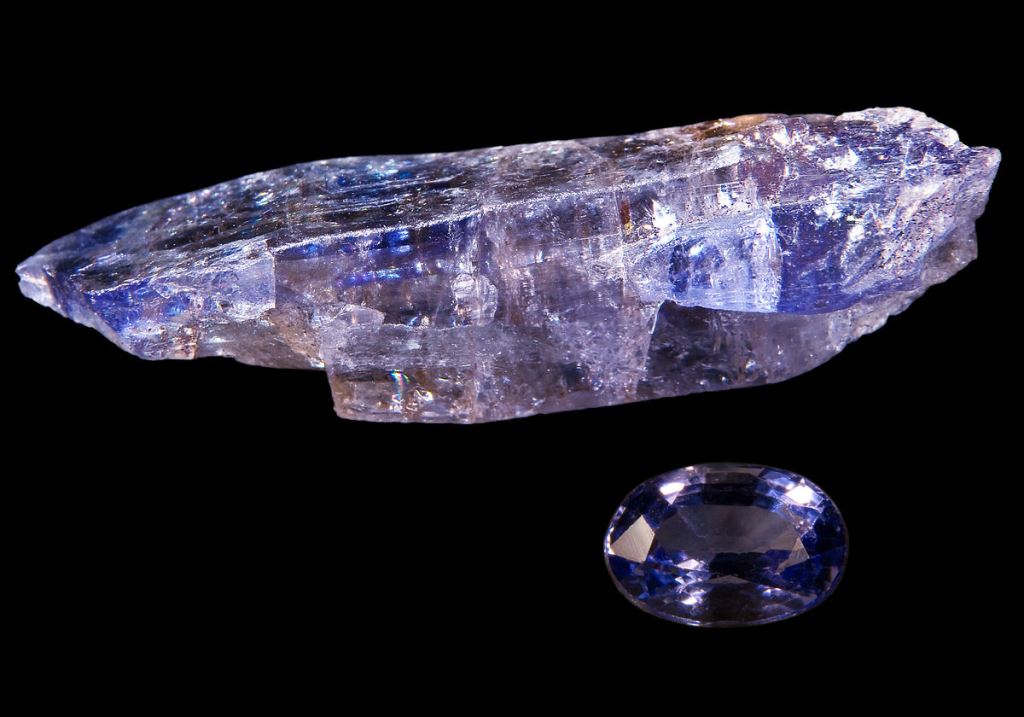AfricaPress-Tanzania: TANZANITE is the blue and violet variety of the mineral zoisite (a calcium aluminium hydroxyl sorosilicate), caused by small amounts of vanadium.
Tanzanite belongs to the epidotemineral group. Tanzanite is only found in Tanzania, in a very small mining area (approximately 7 km (4.3mi) long and 2 km (1.2mi) wide) near the Mererani [sw] Hills.
Tanzanite is noted for its remarkably strong trichroism, appearing alternately blue, violet and burgundy depending on crystal orientation. Tanzanite can also appear differently when viewed under different lighting conditions.
The blues appear more evident when subjected to fluorescent light and the violet hues can be seen readily when viewed under incandescent illumination.
In its rough state tanzanite is colored a reddish brown to clear, and it requires heat treatment to remove the brownish “veil” and bring out the blue violet of the stone. The gemstone was given the name ‘tanzanite’ by Tiffany & Co. after Tanzania, the country in which it was discovered.
The scientific name of “blue-violet zoisite” was not thought to be sufficiently consumer friendly by Tiffany’s marketing department, who introduced it to the market in 1968. In 2002, the American Gem Trade Association chose tanzanite as a December birthstone, the first change to their birthstone list since 1912.
Tanzanite was formed around 585 million years ago during the mid-Ediacaran Period by massive plate tectonic activity and intense heat in the area that would later become Mount Kilimanjaro.
The mineral is located in a relatively complex geological environment. Deposits are typically found in the “hinge” of isoclinal folds.



